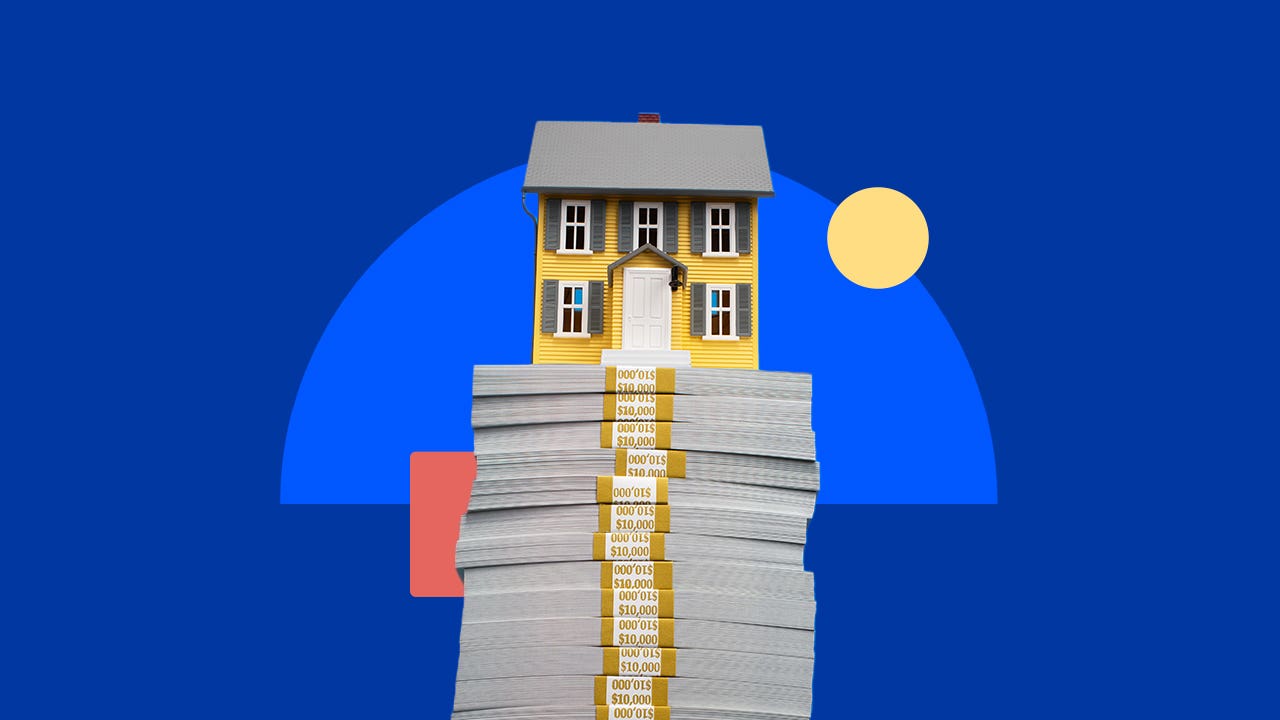
Majority of rates increase: When will rates retreat? | Today's mortgage and refinance rates, April 10, 2025
The current average rate for a 30-year fixed mortgage is 6.72, the average rate for a 15-year fixed mortgage is 5.97 percent, and the average rate on a 5/1 ARM is 5.89 percent.







